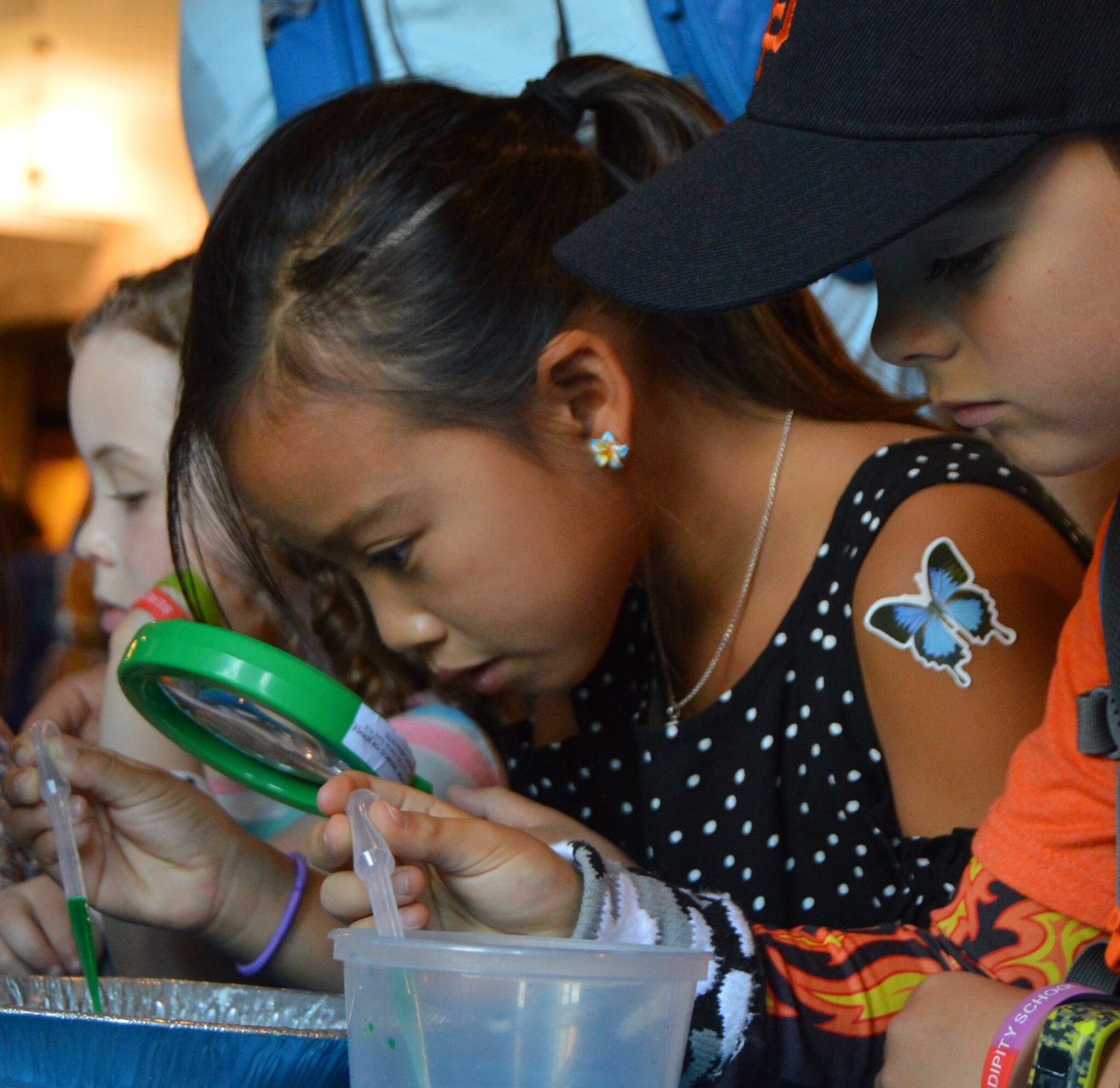Why it Matters
Research Confirms the Importance of Early Science Education



The STEM Workforce Shortage
- Today, there are two STEM jobs for every qualified applicant—and it’s getting worse.
- California will have the nation’s largest STEM workforce by 2022, comprising 1.4 million jobs—nearly a 50% increase over 2014. About 75% of those jobs require four years or less of higher education—about 24% do not require a college degree. Yet they are in danger of going unfilled because of the leaky STEM pipeline.
- The average STEM wage in 2013 was nearly $76,000, more than double that of non-STEM jobs. STEM employees out-earn others by 12-30% across all education levels.
Challenges in Early STEM Education
- Time: Only 20% of K-3 students and 35% of students in grades 4-6 have access to daily science instruction (EdSource).
- Money: California is among the lowest-spending states for K-12 public education, leaving school districts with little funding for science textbooks, teacher training, and hands-on materials.
- Teachers: CA is suffering a longstanding teacher shortage in math and science, resulting in larger class sizes and a lack of specialized training.
- The Results Speak for Themselves: When science understanding was tested for CA elementary students for the first time in 2019, fewer than a third of fifth graders achieved a “proficient” rating. Across all grades, only 14% of Black and 19% of Latinx students tested proficient, compared to 44% of white students and 59% of Asian students.